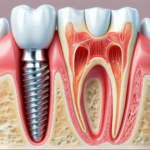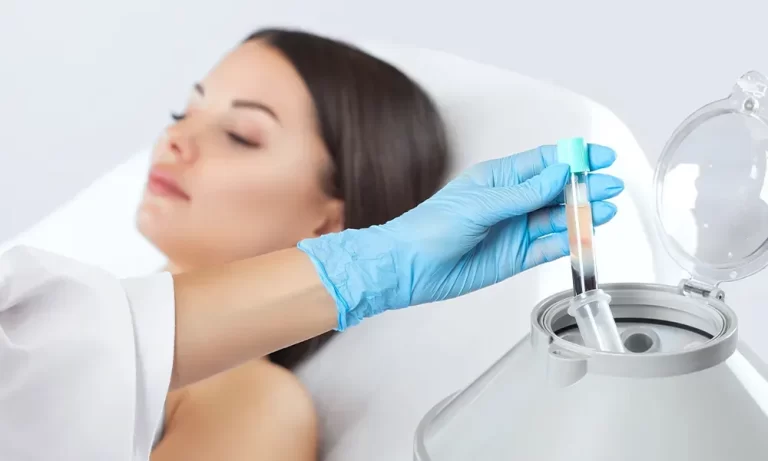Keeping your medical displays properly calibrated is not just good practice—it is essential for accurate diagnoses. AAPM TG standards provide effective solutions, guiding your monitors to conform to high standards of quality.
With diagnostic displays or EHR screens, these guidelines will contribute to consistency in your imaging workflow.
Numerous calibration devices possess the convenient feature of software download, making compliance easier than before. They have been developing solutions to alleviate the difficulty, and companies such as QUBYX have developed easy-to-use calibration systems to make things easier.
A quick visit to the QUBYX shop reveals how modern tools can streamline your quality assurance routine.
Understanding AAPM TG Standards
The AAPM TG270 guidelines update previous standards to reflect modern display technology:
- Covers four display types: Diagnostic, Modality, Clinical Specialist, and EHR
- Introduces new test patterns optimized for flat-panel monitors
- Sets specific performance thresholds for luminance, contrast, and uniformity
- Simplifies testing procedures while maintaining rigorous quality control.
These standards ensure medical images appear consistently across different workstations.
Preparing for Calibration Checks
Before running tests, proper setup is crucial:
- Ensure monitors have warmed up for at least 30 minutes
- Control ambient lighting (25-50 lux is ideal)
- Verify your measurement device (like a photometer) is properly connected
- Confirm your workstation meets all system requirements.
Proper preparation prevents false readings and saves time during testing.
Running Key Performance Tests
The AAPM TG270 outlines several critical evaluations:
1. Luminance Checks
- Measure minimum (L’min) and maximum (L’max) brightness
- Calculate luminance ratio (LR = L’max/L’min)
- Diagnostic displays should maintain LR=350 within specified ranges.
2. Color Accuracy
- Compare against D65 standard illuminant
- Delta(u’,v’) should be <0.01 for diagnostic displays
- Use colorimeters for precise measurements.
3. Uniformity Assessment
- Check 9 points across the display surface
- LUDM (uniformity metric) should be <30%
- Look for local defects like stuck pixels or mura.

Using Modern Testing Tools
Advanced solutions like QUBYX PerfectLum simplify compliance.
- Automated test sequences guide users through each step
- Real-time feedback identifies out-of-spec conditions
- Built-in reporting generates documentation automatically
- Cloud integration allows easy image sharing for consultations.
These tools eliminate guesswork and reduce testing time significantly.
Maintaining Consistent Performance
Calibration is not a one-time task.
The AAPM recommends:
- Daily quick checks using TG270-sQC patterns
- Quarterly comprehensive evaluations
- Annual full recalibration for diagnostic displays
- More frequent tests for high-use workstations.
Establishing a regular schedule prevents gradual performance drift.
Why Proper Calibration Matters
Accurate displays directly impact patient care by:
- Revealing subtle pathologies in medical images
- Ensuring consistent interpretation across different monitors
- Reducing diagnostic errors from poor image quality
- Meeting regulatory compliance requirements.
Investing in proper calibration tools and routines pays dividends in clinical outcomes.
Conclusion
Upgrading your clinic’s QA process is easier with modern calibration solutions from QUBYX. Their tools simplify compliance with AAPM standards through automated testing, real-time feedback, and detailed reporting.
By implementing these efficient systems, maintaining perfectly calibrated medical displays transforms from a complex chore into a streamlined routine. Visit the QUBYX shop to discover how their technology can enhance your imaging workflow while ensuring consistent diagnostic accuracy across all your displays.















